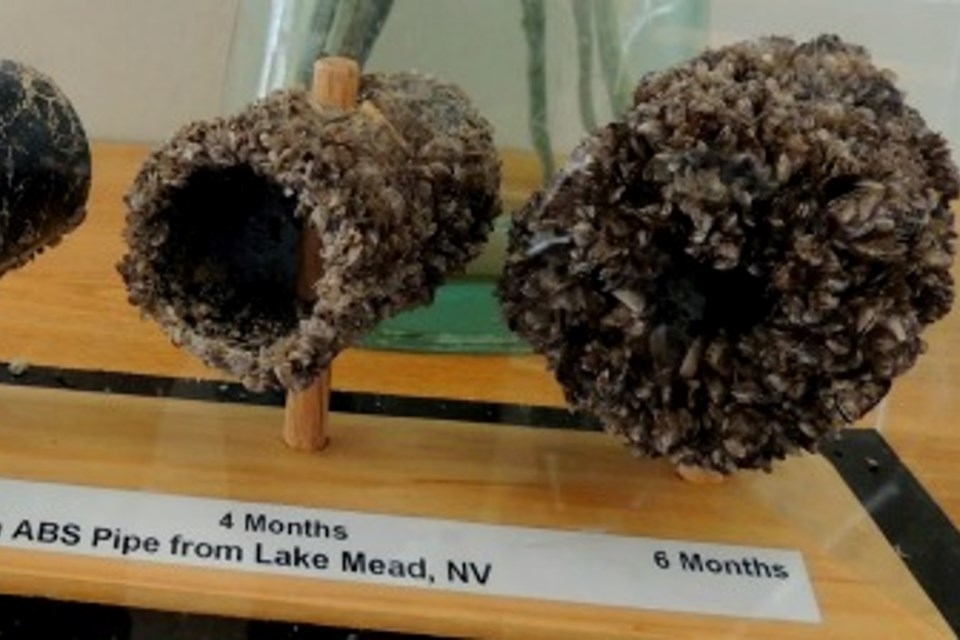The economic impacts from invasive species are as costly as natural disasters, according to a study released last month.
Invasive species - organisms introduced by humans to new environments that harm the environment, economy, and society - are a growing problem worldwide.
Invasive species cause socio-economic harm through damaging or altering access to infrastructure, such as when zebra and quagga mussels clog water intake pipes or invasive aquatic plants form dense mats of vegetation that impede recreational access to waterways. Economically important natural resources such as commercial and sport fisheries may also be threatened when invasive species impact wildlife populations, according to the study.
“This new research reveals the impacts of invasive species are as costly as natural disasters such as storms and earthquakes, further emphasizing the need to strengthen measures to prevent and manage invasive species through increased mapping, monitoring, reporting, and response to protect lakes, lands, communities, and the economy,” said Sarah Rang, executive director of the Invasive Species Centre.
The Invasive Species Centre is a not-for-profit organization that works to prevent the spread of invasive species in Canada and beyond by connecting with stakeholders to catalyze invasive species management and communicate policy and science knowledge, a news release stated.
“Our findings revealed that the global economic losses from biological invasions, which may typically be considered as a slow-onset hazard, were in the same order of magnitude as economic losses from storms and earthquakes, amounting to US$1.208 billion. These impacts are cumulative and profound, including species extinctions, massive costs, and even human deaths,” said Dr. Anna Turbelin in the release.
"Societies need to build a culture of safety and resilience against the threat of invasive species," said Dr. Anthony Ricciardi of McGill University. "Just like we reinforce infrastructure and develop emergency response plans against earthquakes and other extreme natural hazards, we should adopt similar precautionary approaches to prevent biological invasions."
Several things can be done to minimize the impacts of invasive species and action can take place at all levels of society, the release added. Decision-makers can make policy changes to reflect management needs and direct resources to relevant programs. Environmental and land managers can take steps to prevent, manage and eradicate invasive species through their work. Community members can prevent the spread of invasive species by fully cleaning vehicles, gear, clothing, and footwear when they are out in nature.
The public can also help by reporting invasive species sightings on apps like EDDMapS and iNaturalist, spreading the word on invasive species prevention, and even participating in stewardship events such as invasive species pulls or community science monitoring activities.
